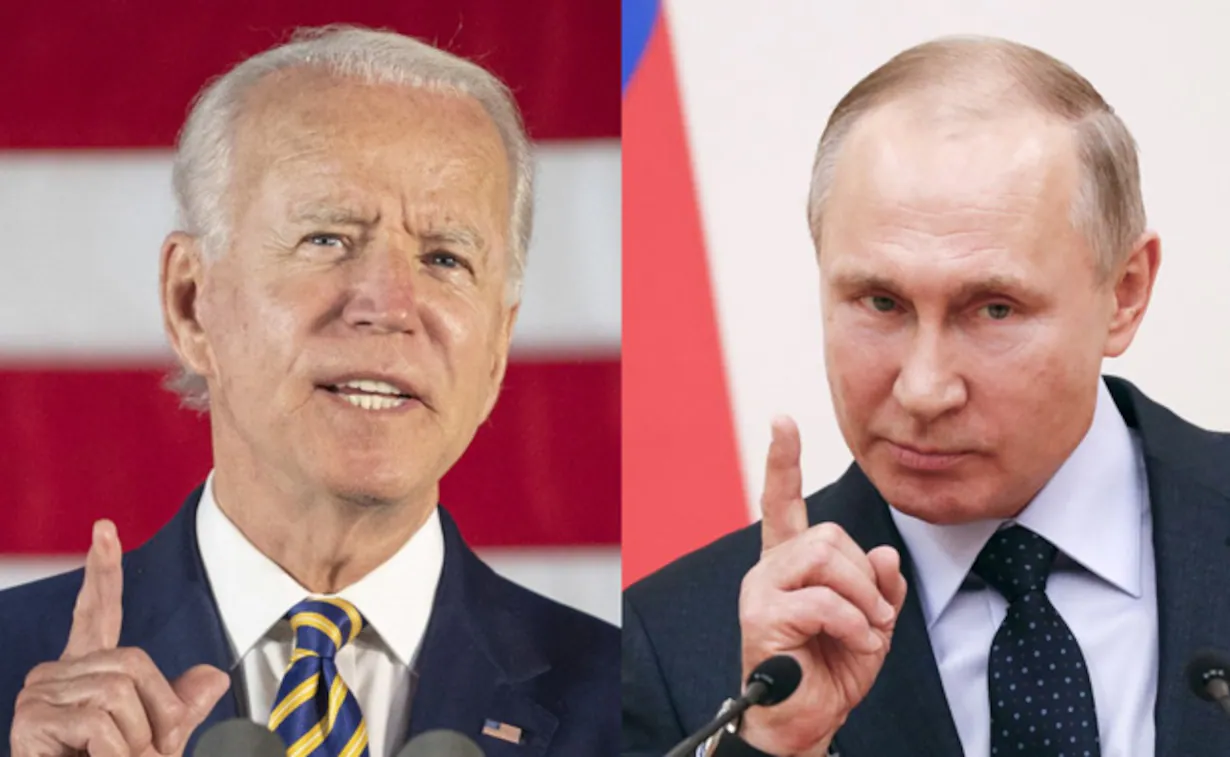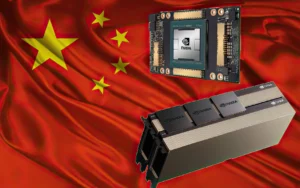Russia has embarked on an ambitious endeavor to bolster its supercomputing capabilities by aiming to construct up to ten powerful supercomputers by 2030. Each of these supercomputers is envisioned to house a substantial number of Nvidia H100 GPUs, propelling the nation’s computing performance into a league previously achieved by only a few countries. Spearheaded by the ‘Trusted Infrastructure’ team, this plan highlights Russia’s commitment to pushing the boundaries of computational prowess.
However, significant challenges lie ahead, primarily stemming from restrictions imposed by the U.S. following the conflict in Ukraine. These restrictions have affected the procurement of critical components such as Nvidia GPUs since they originate from an American company. This blog post delves into the intricacies of this ambitious plan, shedding light on the computing perspective, budgetary constraints, and the strategies Russia may employ to bypass the restrictions and realize its supercomputing vision.
Computational Power and Performance:
The proposed supercomputers, each potentially featuring 10,000 to 15,000 Nvidia H100 GPUs, could generate approximately 450 FP64 TFLOPS. This immense computational power is comparable to the scale utilized in training Chat GPT, underscoring the ambition of this endeavor. Achieving such performance would position Russia among the global leaders in supercomputing, rivaling countries like the United States.
Read More: Intel Foundry Doomed to Fail : AMD Exec
Procurement Challenges and Bypass Strategies:
The ongoing conflict and subsequent tech export restrictions present a formidable hurdle in the procurement of Nvidia GPUs, a critical component for achieving the desired computational performance.
Smuggling thousands of these valuable AI and HPC GPUs would be practically impossible due to the stringent controls. However, Russia may employ a multifaceted approach to bypass these restrictions, including:
a. Domestic Alternatives: Prioritizing the development and enhancement of domestic alternatives to Nvidia GPUs could mitigate dependency on foreign technology. Investment in local GPU manufacturing capabilities and fostering innovation within the country could provide a sustainable solution.
b. Collaborations and Alliances: Forming strategic alliances with countries or entities not subjected to the same export restrictions could open avenues for GPU acquisition. Collaborations with nations sympathetic to Russia’s cause or those with similar objectives could facilitate the import of necessary components.
c. Advanced Research and Development: Giving priority to research and development to create GPU alternatives or optimize existing technologies could be another viable avenue. Investing in advanced technological research centers could yield breakthroughs that reduce dependence on restricted imports.
Read More: China: Too large, Too important & Too strategic to walk away from
Financial Landscape and Budget Considerations:
The estimated budget of $6 billion for the project represents a colossal investment. However, the rapidly evolving tech landscape suggests that by 2030, hardware prices could significantly decrease, potentially reducing the overall cost to a range of $500 – $700 million per supercomputer. This presents an optimistic outlook for the project’s financial viability, making it feasible despite the initial financial strain.
Current Supercomputing Landscape in Russia:
Russia’s most potent supercomputer, known as Chervonenkis and owned by Yandex, is equipped with 1,592 nodes featuring Nvidia A100 GPUs, granting it the 27th position globally in terms of computational power with a performance of 21.53 PetaFLOPS. Among the seven supercomputers in Russia, three are under Yandex’s ownership (Lyapunov, Chervonenkis, and Galushkin), two are under Sberbank (Christofari and Chrisofari Neo), and one each belongs to MSU (Lomonosov) and MTS (GROM). All these supercomputers rely on Nvidia GPUs from previous generations.
In the global supercomputing landscape, Russia currently has seven supercomputers ranked in the top 500. For context, the USA possesses a commanding presence with 150 machines on the list, closely followed by China with 134, Germany with 36, and Japan with 33. As of June 2023, Russia holds the 12th position in the global rankings.
Read More: Explained: What the hell is Neuromorphic Computing
Conclusion:
Russia’s ambitious plan to construct formidable supercomputers by 2030, rivaling global computing leaders, represents a substantial leap in computational capabilities. However, the challenges posed by geopolitical restrictions and budget constraints are significant. Russia’s strategies to bypass these hurdles will determine the success of this ambitious endeavor, potentially reshaping the nation’s position in the global supercomputing landscape. Only time will tell how these plans unfold and whether Russia can achieve its lofty computational aspirations.
Reference:
[1] Tom’s Hardware




